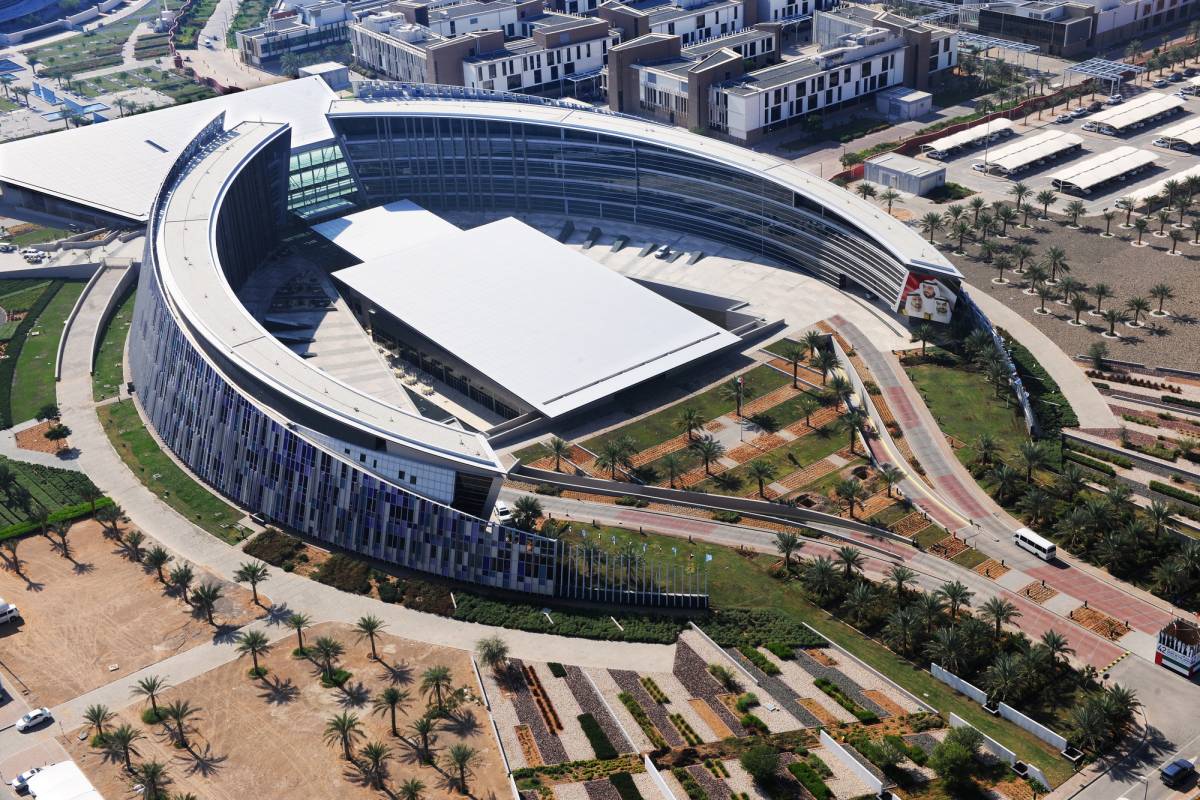New Delhi and Moscow have initiated an exercise to thrash out a mechanism by which transactions can be settled through Mir, the Russia’s indigenous payment mode and RuPay, reports Mahua Venkatesh
The US move to bar Russia from the SWIFT international payment system could boomerang as several countries are now looking at expansion of alternative mechanisms. India and Russia are already in talks to integrate their respective payment mechanisms to ensure trade between the two nations does not suffer.
India, which imports more than 80 per cent of the total fuel requirements, is expected to further increase energy shipment from Russia. Amid rise in global oil prices following the Russia-Ukraine war, India’s crude imports from Moscow have gone up from 0.2 per cent of the total requirements to 10 per cent since the start of this financial year.
On an average about 600,000 barrels a day are now being imported from Russia at a discounted price. The number could rise.
New Delhi and Moscow have initiated an exercise to thrash out a mechanism by which transactions can be settled through Mir, the Russia’s indigenous payment mode and RuPay.
“Payment system is strategic now, given the current situation and sanctions against Russia. It is of utmost importance to have self reliance in the payments system and we need to work towards that,” SJM national co-convenor Ashwani Mahajan said.
“We have our own payments system, we need to see how to expand its global acceptance,” Mahajan said, adding that India must attempt to integrate its own payments system with Russia’s indigenous Mir.
Following the sanctions on Russia that disconnected Moscow from accessing the SWIFT international payment system, the Indian rupee is being primarily used to settle payments.
Though the rupee-ruble trade has not been successful in the past, the ongoing geopolitical shifts have prompted both countries to work on resolving the bottlenecks. The arrangement essentially facilitates settlement of payment between the two countries in their own currencies instead of the US dollar, Euro or the British pound.

“The Centre is looking at easing the payment mechanism to boost trade…however, there are certain hurdles but both sides are moving fast to resolve those issues at the earliest,” a person with direct knowledge said.
While RuPay, the Indian payment gateway, devised by the National Payments Corporation of India was launched in 2012, Mir, the Russian system for electronic fund transfers was adopted in 2017.
These gateways will also ease payments made in rupee or the Russian ruble.
In fact Russia’s deputy foreign minister Alexander Pankin told TASS that Moscow had already initiated talks with several countries besides India for the use of the Mir payment mechanism.
“Payments system can be weaponised today and we cannot depend on other countries’ mercy… India must look at this issue and even work towards making the rupee more acceptable,” SJM’s Mahajan added.
An analyst said that the US move has only brought the focus back on the necessity of de-dollarisation of global trade.
“Once more and more countries including China fall back on alternative payment mode, the US teeth will weaken,” he said.
India’s fintech spike
The Indian fintech market is expected to log 10 times growth to achieve $1 trillion in assets under management (AUM) and $200 billion in revenue by 2030, a new report by Chiratae Ventures in collaboration with Ernst and Young (EY) has revealed.
Much of the growth will be driven in the digital lending market, which is expected to grow to $515 billion in book size by 2030, according to the report.
India is currently home to 21 fintech unicorns and factors like favourable demographics, growing technology adoption, higher disposable incomes and an aware customer is fuelling this growth.
“The Indian fintech market has been a formidable global force, contributing to the largest share of unicorns in India. We have been a technology-first investor, having backed companies such as EarlySalary, Kristal.ai, PB Fintech, ShopSe and Vayana, among others,” said Sudhir Sethi, Founder and Chairperson, Chiratae Ventures.
Payments, digital lending, wealthtech, insurtech and neo-banking will contribute to the growth in the fintech space, with agri and proptech considered to be big bets.
With 5 times growth in the digital tech talent, India has the opportunity to address the global digital skill gap and establish itself as the destination of digital and tech talent, the report noted.

“India is recognised as a strong fintech hub globally and is increasingly becoming a talent destination for fintech businesses,” said Rajiv Memani, Chairman and Managing Partner, EY India.
The buy now pay later (BNPL) model has become mainstream and is on an accelerated growth trajectory, emerging strong not only in B2C but also B2B payments space.
“New asset classes, crypto and NFT, will also continue to attract investor interest as fintechs continue to solve for traditionally underserved customers,” the report noted.














